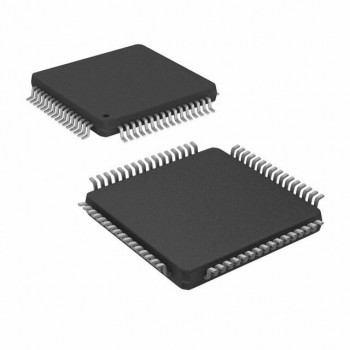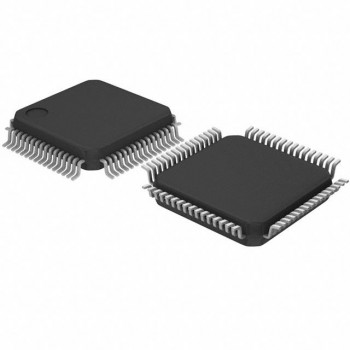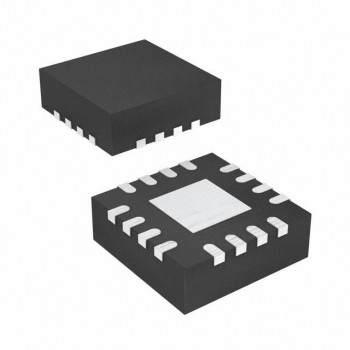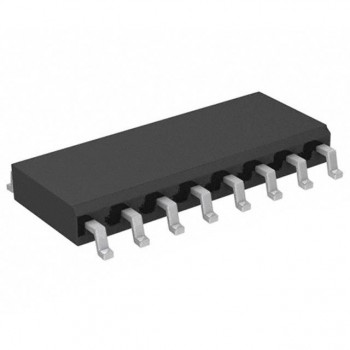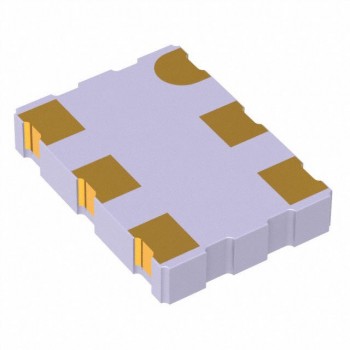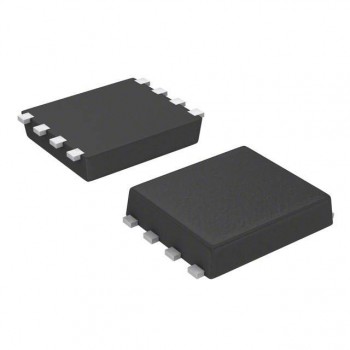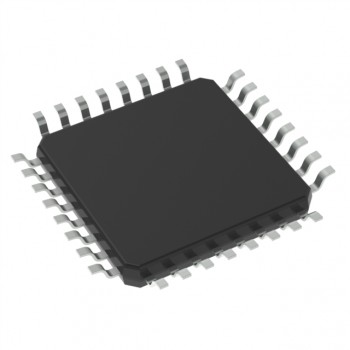In the age of information, memory chips play a pivotal role in storing, retaining, and transferring data in our electronic devices. These compact yet powerful components enable us to access a plethora of information and resources at our fingertips. In this popular science article, we will embark on a journey to unveil the different types of memory chips, explore their evolution, and shed light on their applications in our digital world.
Types of Memory Chips:
Memory chips can be broadly classified into two categories: volatile and non-volatile memory. Volatile memory requires a constant source of power to retain data, while non-volatile memory can store data even when power is removed. Let's delve deeper into the most common types of memory chips:
1. Random-Access Memory (RAM):
RAM is a form of volatile memory, meaning it temporarily stores data while the device is in use. Some popular types of RAM include Dynamic RAM (DRAM) and Static RAM (SRAM). DRAM is slower and needs to be refreshed constantly but is less expensive, making it a popular choice for computers. SRAM, on the other hand, is faster and does not require constant refreshing but is more costly. RAM serves as a computer's short-term memory, allowing quick access to recently used data for faster processing.
2. Read-Only Memory (ROM):
ROM is a type of non-volatile memory that permanently stores data. ROM chips come preloaded with specific data or instructions, which cannot be altered by the user. Due to its non-volatile nature, ROM retains its content even when the power is turned off. Examples of ROM include BIOS, which stores the fundamental programs required to start a computer, and masked ROM, found in video game cartridges.
3. Flash Memory:
Flash memory is a versatile, non-volatile memory chip that can be both read and written electronically, making it suitable for various applications like USB drives, memory cards, and solid-state drives (SSDs). NAND and NOR are two primary types of flash memory, with NAND flash memory being the more common one due to its higher storage capacity and faster write speeds.
Evolution of Memory Chips:
Memory chips have come a long way since their inception. In the 1960s, magnetic core memory, where data was stored as magnetic fields in small physical devices, was the leading memory technology. With increased demand for faster, smaller, and more energy-efficient solutions, semiconductor memory chips emerged as a superior alternative—transistors in these chips either altered their properties or introduced a new element to store data.
Over the years, memory chips have witnessed significant advancements in capacity, speed, and size while becoming more energy-efficient and cost-effective. Today, emerging technologies like 3D NAND, phase-change memory, and resistive RAM are ushering in a new era of data storage with even higher capacity and performance.
Applications of Memory Chips:
Memory chips find extensive use in various fields, including consumer electronics, communication devices, automotive, and countless other applications. Some common examples include:
1. Personal computers and laptops employ RAM for real-time processing and ROM for vital system functions.
2. Mobile phones and digital cameras use flash memory for data storage.
3. Microcontrollers in smart devices, automotive systems, and industrial machinery integrate memory chips for data processing and storage.
Conclusion:
Memory chips have revolutionized the way we store and process information in the digital era. As technology continues to advance, we can expect memory chips to become more powerful and efficient, catering to the ever-growing demand for faster, smaller, and more reliable data storage solutions. The marvels of these ingenious components continue to shape our world and drive the development of future innovations.


